The Mercedes-Benz Messwagen is a rolling laboratory from the 1960s
Mercedes-Benz has been at the forefront of technology for ages, thanks to almost endless hours of research and development. But while today's R&D is done using cutting-edge computer simulations and lightweight data loggers on prototypes, the story was different in the 1960s.
By Karan Singh
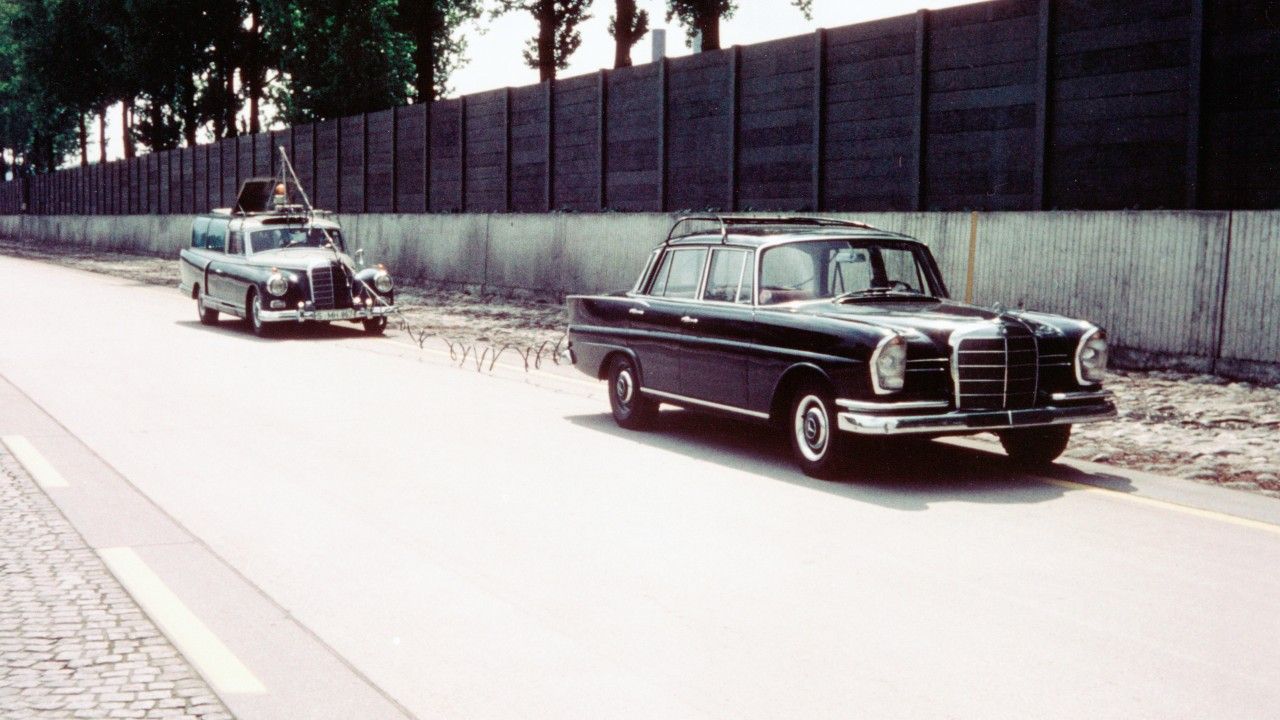
The Messwagen or 'measuring car' is a highly modified version of the 300 Adenauer sedan.
Car testing has come a long way. Today, manufacturers have hundreds of sensors on their prototypes with kilometres of cables running through the car and tiny data logging equipment to record it all. But that wasn’t always the case. Back in the 60s, such equipment was bulky and almost impossible to fit in a prototype car, and not without hampering its performance and dynamics. So, Mercedes-Benz came up with an incredible solution – the Messwagen.
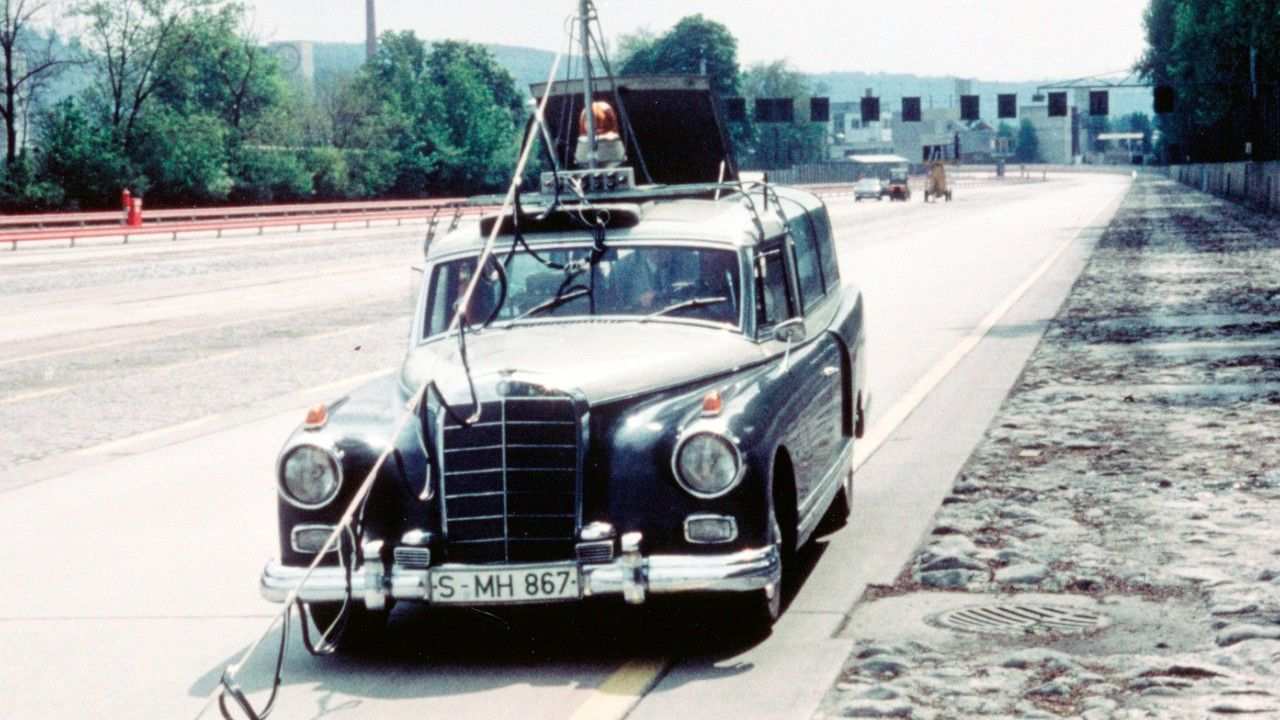
What did the Messwagen do, you ask? Put simply, Mercedes-Benz split sensors and data acquisition equipment into two. The former was installed in a prototype, while the latter was in the Messwagen, and the two cars were connected via a 30 metre-long cable!
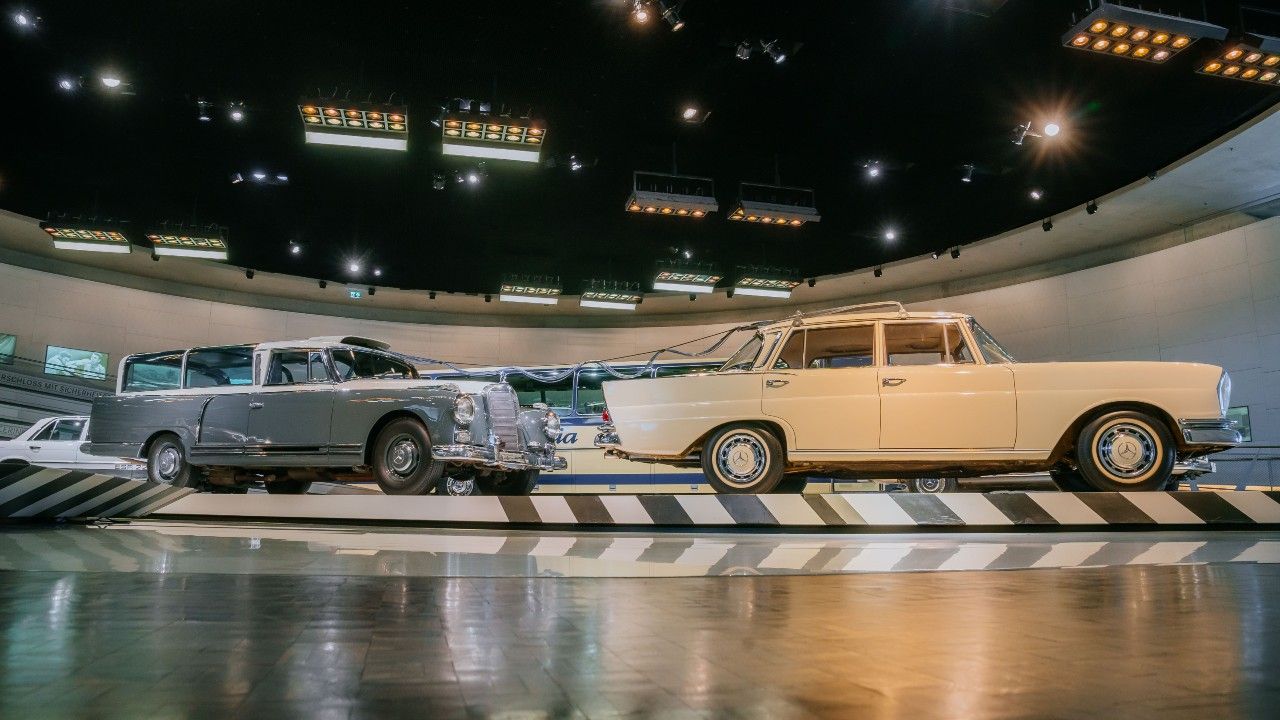
So, for example, while the test car would be on a ‘boneshaker’ track to test the suspension, the equipment (which wouldn’t have survived the bumpy ride) would follow close behind in the Messwagen. Now, to keep up with the prototype, the Messwagen also needed to have some pace.
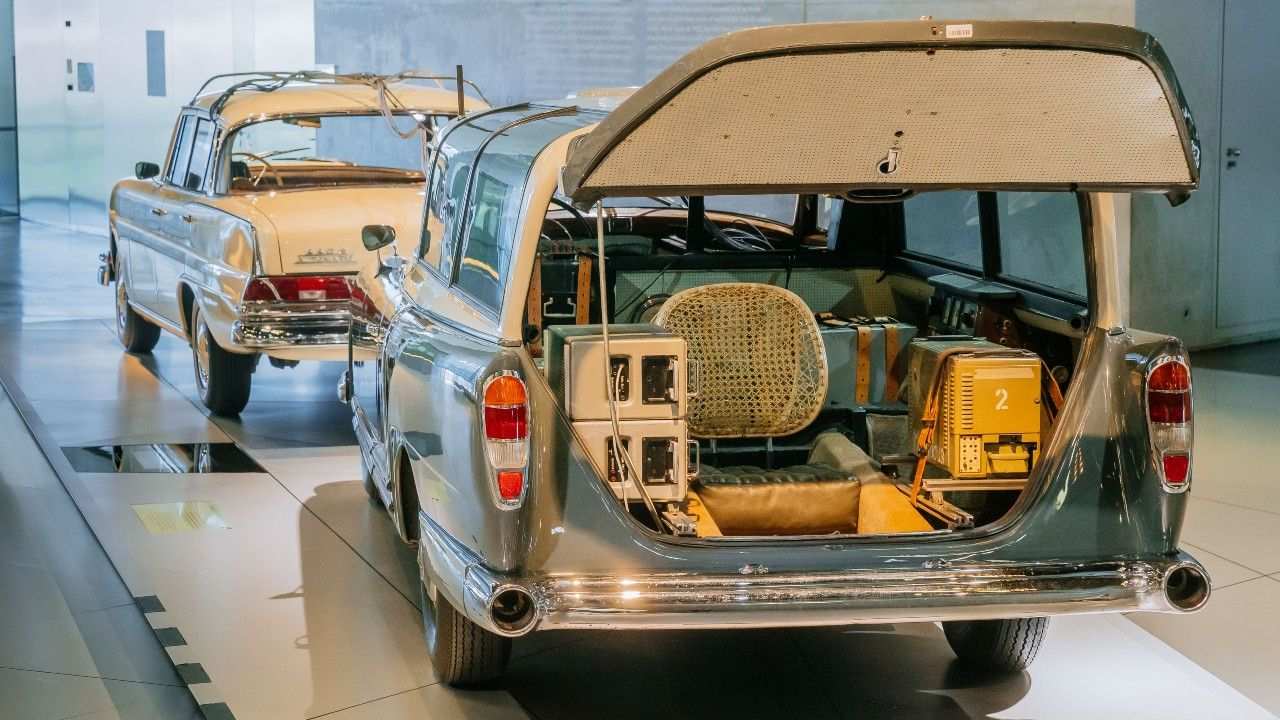
That’s why the Messwagen is based on the 300 Adenauer sedan, with modifications, both inside and out, to house the data acquisition equipment and engineers. It made a respectable 158bhp and could hit a top speed of 120km/h, despite the extra weight.
Now, a prototype could relay up to 14 different data points to the Messwagen simultaneously, which were recorded on magnetic tape and were analysed later. In comparison, the testing equipment today sends up to 1000 different parameters simultaneously.
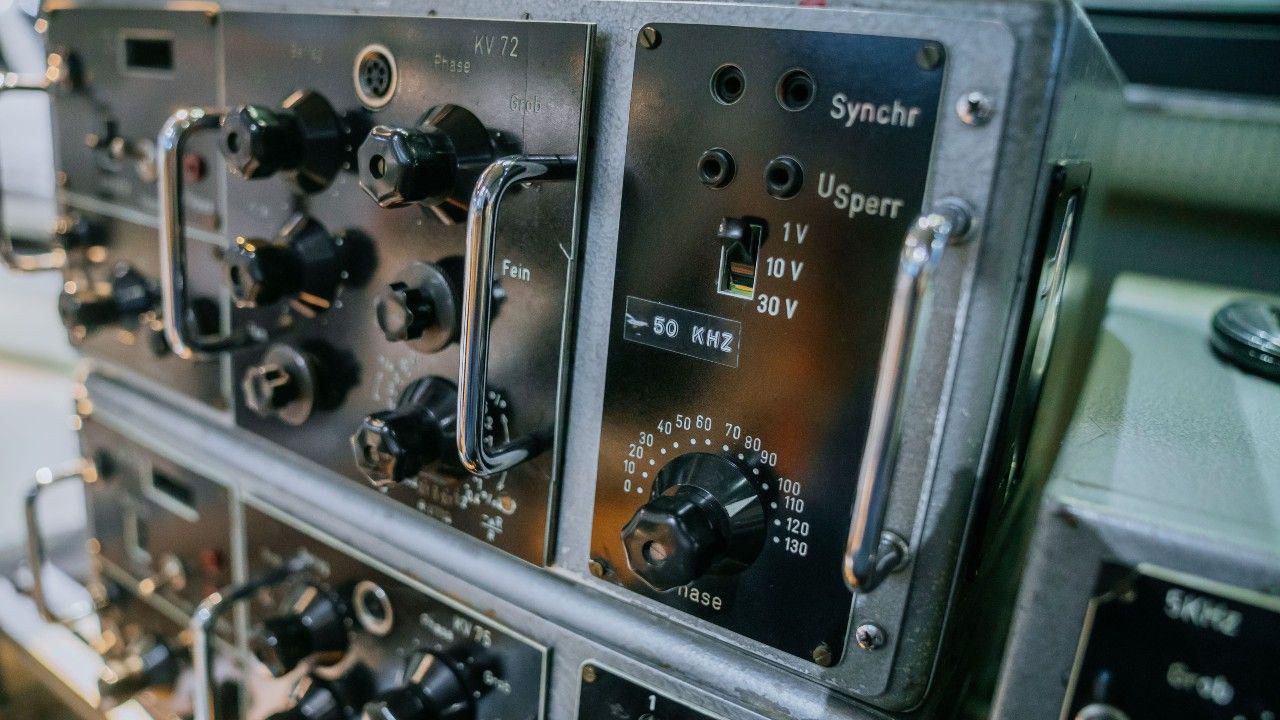
The Messwagen could very easily be forgotten in the age of computer simulations and high-tech testing, but it's interesting to see that Mercedes-Benz not only keeping this piece of automotive history alive but also showcasing it to the world in its museum. Kudos!
Also read: